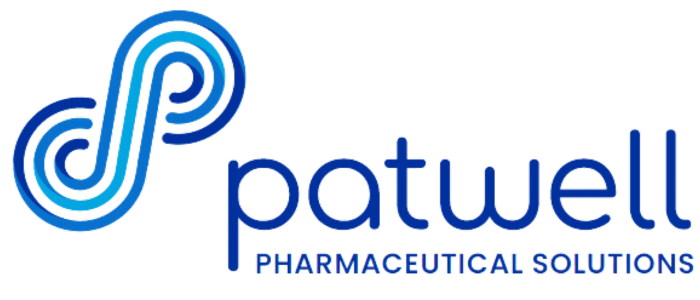Patwell Pharmaceutical Solutions: Innovating for a Healthier Tomorrow
Pharmaceutical distribution is a critical component of the healthcare system, ensuring that medications reach patients safely and efficiently. This complex process involves several key players, including manufacturers, wholesalers, distributors, and pharmacies. In this blog post, we’ll explore the pharmaceutical distribution chain, its significance, and the challenges it faces.
The Pharmaceutical Distribution Chain
1. Manufacturers
Pharmaceutical companies develop and produce medications, which can range from over-the-counter drugs to specialized therapies. Once a drug has passed rigorous testing and regulatory approvals, it enters the distribution phase.
2. Wholesalers and Distributors
After production, medications are typically sold to wholesalers or distributors. These entities play a crucial role in the supply chain by purchasing large quantities of drugs and then distributing them to various healthcare providers, including hospitals, pharmacies, and clinics. Wholesalers help ensure that medications are available where they are needed most.
3. Pharmacies and Healthcare Providers
Pharmacies are the most visible link in the distribution chain. They dispense medications directly to patients and provide essential services, such as patient counseling and medication management. Healthcare providers, including hospitals and clinics, also play a vital role in prescribing and administering medications to patients.
The Importance of Pharmaceutical Distribution
Effective pharmaceutical distribution is vital for several reasons:
-
Patient Safety: Ensuring that medications are stored, handled, and transported according to strict guidelines helps prevent contamination and ensures the efficacy of the drugs.
-
Timely Access: A well-functioning distribution network ensures that medications are available when and where they are needed, particularly in emergencies or during public health crises.
-
Cost Efficiency: By optimizing the supply chain, distributors can help reduce costs for pharmacies and healthcare providers, ultimately benefiting patients.
Challenges in Pharmaceutical Distribution
Despite its importance, pharmaceutical distribution faces several challenges:
1. Regulatory Compliance
The pharmaceutical industry is heavily regulated to ensure the safety and efficacy of drugs. Distributors must comply with various regulations, which can vary by country and region. Keeping up with these regulations requires constant vigilance and adaptation.
2. Supply Chain Disruptions
Events such as natural disasters, pandemics, or geopolitical tensions can disrupt the supply chain, leading to medication shortages. Distributors must develop contingency plans to mitigate these risks.
3. Counterfeit Drugs
The rise of counterfeit medications poses a significant threat to patient safety. Distributors must implement robust verification processes to ensure the authenticity of the drugs they handle.
4. Technological Integration
As the healthcare industry increasingly relies on technology, distributors face the challenge of integrating advanced systems for inventory management, tracking, and data analysis. Adopting new technologies can be costly and time-consuming but is essential for improving efficiency and transparency.
The Future of Pharmaceutical Distribution
Looking ahead, the pharmaceutical distribution landscape is likely to evolve significantly. Key trends include:
-
Increased Automation: Automation in warehousing and logistics can enhance efficiency and reduce human error.
-
Blockchain Technology: This technology offers a promising solution for tracking medications throughout the supply chain, helping to combat counterfeiting and improve transparency.
-
Telehealth Integration: As telehealth becomes more prevalent, distributors may need to adapt their processes to ensure timely medication delivery to patients who receive prescriptions remotely.
Conclusion
Pharmaceutical distribution is a vital aspect of the healthcare system that often goes unnoticed. By understanding the intricacies of this process, we can appreciate the hard work that goes into ensuring that patients receive the medications they need. As the industry faces ongoing challenges and embraces new technologies, the future of pharmaceutical distribution holds both promise and responsibility. Whether you’re a healthcare professional, a patient, or simply interested in the healthcare industry, staying informed about pharmaceutical distribution is essential for supporting a safer and more efficient healthcare system.

